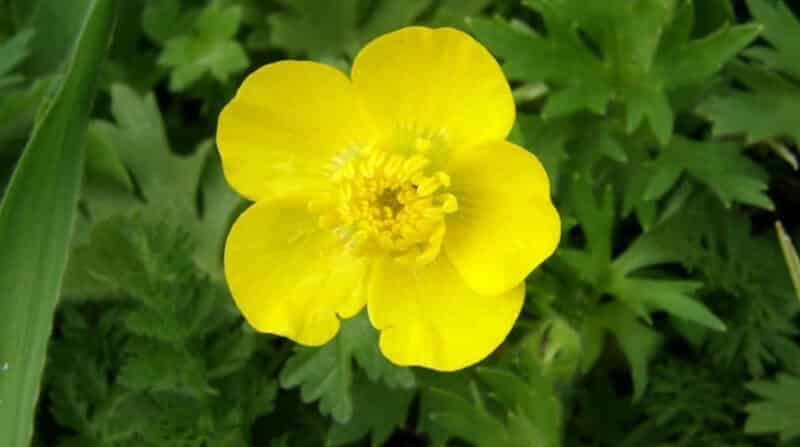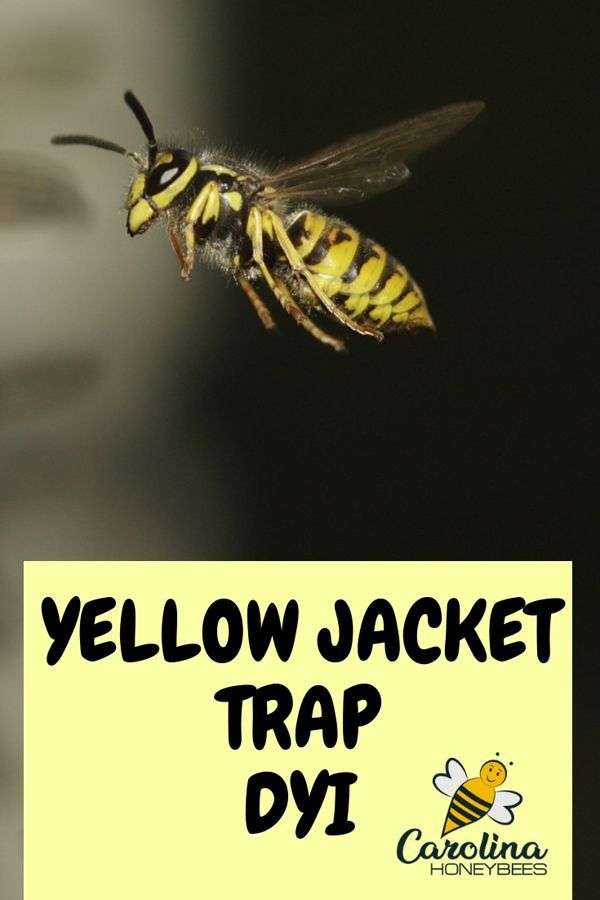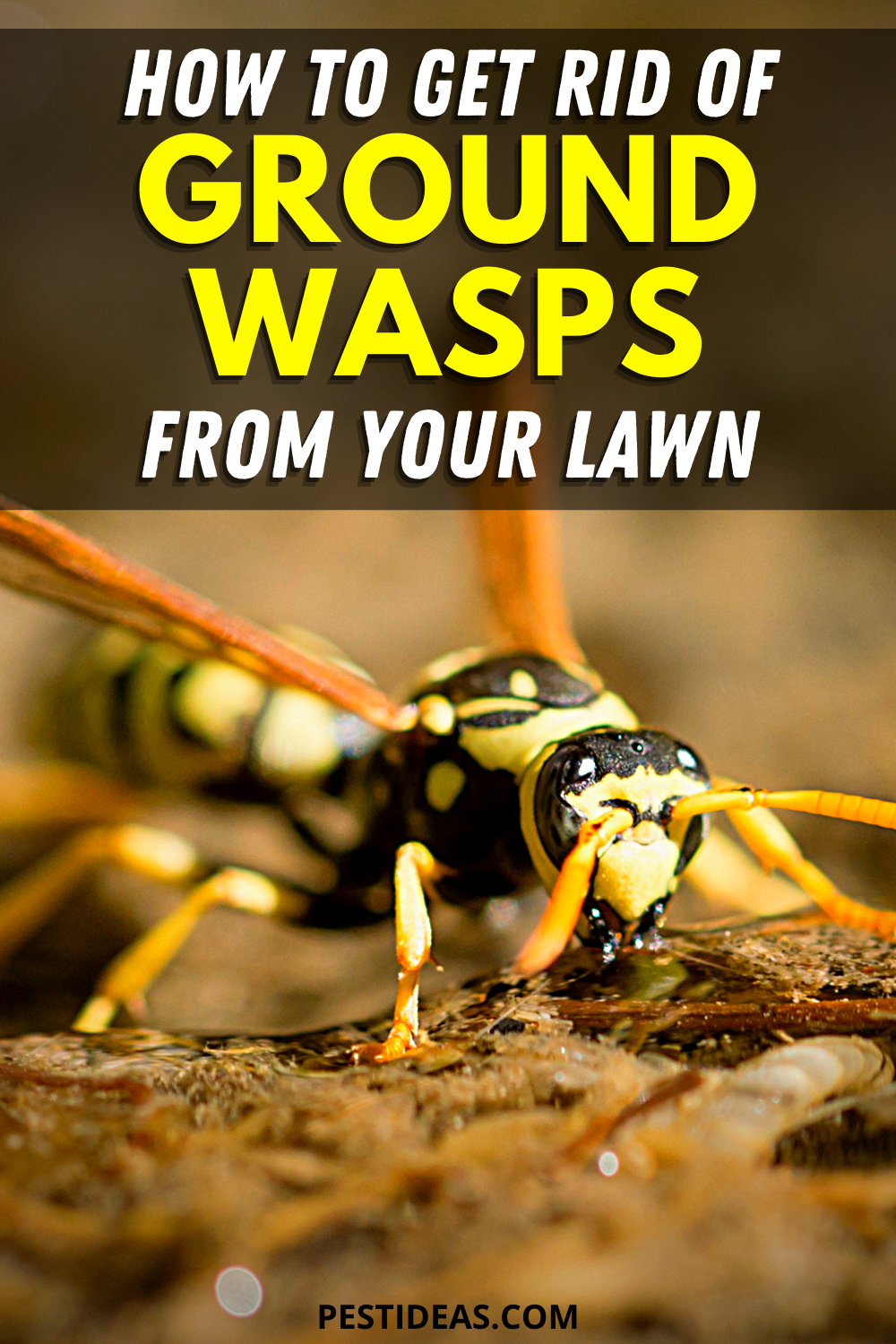Spray A Weedkiller Concentrate Over The Whole Lawn
If you have a lot of Buttercup in your lawn along with other weeds, spot spraying might not be enough.
In which case, treat the whole lawn with a weedkiller concentrate like Scotts Weedol Lawn Weedkiller Concentrate.
Concentrated weedkillers are designed to be mixed with water and sprayed onto the lawn with a knapsack sprayer or watering can.
When using concentrate, always read the label and dilute it as per the manufacturers instructions. If you mix it too weak, it might not be strong enough to kill the weeds but if you make it too strong, you risk killing the grass as well as the weeds.
Prevention And Cultural Control
- In lawns and pastures, promote healthy grass by overseeding, fertilizing as needed, and not over-grazing. Adding lime can improve grass health and keep buttercup from re-establishing. However, lime wont control buttercup that is already well-established.
- It also helps to improve soil drainage. Reduce compaction by aerating and avoid trampling when soils are wet.
- Clean mowers and other equipment to avoid spreading buttercup seeds to un-infested areas.
How To Get Rid Of Stuff
- Hit Enter after your search text.
Before going any further, be informed that this article wont do anything to cure your Last Song Syndrome on The Foundations 1960s smashing hit . The buttercup here refers to a large group of plant species in the Ranunculaceae family. Spearworts, water crowfoots and the lesser celandine are also part of this massive family known for its ornamental flowers.
With names such as Glacier, Goldilocks, Creeping and Mount Cook Lily, it isnt a surprise that buttercups are more than just innocent botanical specimens. Buttercups set their opportunistic plan in April or May, when they bloom and grow as garden weeds. Although they are edible to a certain variety of moths and butterflies, buttercups are poisonous when eaten fresh by livestock. The awful taste and mouth blisters received by these poor animals lead to bloody diarrhea, excessive salivation, abdominal pains, blistered mucous membranes and abscessed gastrointestinal tract.
Recommended Reading: Are Electric Mowers Any Good
Lets Start With Some Facts About Creeping Buttercup
Creeping buttercup is not a native plant to most cultivated gardens. But many of us have it abundance. This is especially true in the rainy Pacific Northwest. Thats because creeping buttercup loves soggy soil. And even if you arent in the PacNW, buttercup may be in your garden. Thats because it can withstand seasonal dryness as well. In fact, thats a weed for you! These unwanted plants know how to adapt, thrive, and out-compete other plants.
What Does Creeping Buttercup Look Like

Characteristics that make up the leaf, stem, root and flower are detailed below.
Creeping buttercups are a perennial plant that grows in cool, damp places. They will grow to be about 2-3 inches tall and have leaves with alternating sides of rounded lobes or pointed leaflets.
The flowers come out from the top centre stem and take on colours such as white, yellowish-green, pinkish reds.
Creeping buttercups are easy to identify by their flat, creeping stems. They also have distinctive flowers that resemble a jacket button-like shape with four yellow petals and one big green centre at the bottom
Leaves: Creeping Buttercup flowers are 5-petaled, yellow and small. They grow in clusters of 2 to 8 at the ends of branches.
The leaves of creeping buttercups have a round shape with pointed tips and edges which come off easily when touched or rubbed against something else.
The creeping buttercup has bright green leaves and looks very similar to the dandelion, but its much smaller and more delicate than its cousin.
Creeping buttercup leaves are dark green and can be up to six inches long. The edges have many teeth that create a wavy pattern, giving the plant its common name of wandering Jew.
Stems: Stems can reach heights of up to 60 cm but are often much smaller.
Creeping buttercups are a type of weed that can grow to be about 16 inches tall and their leaves have the look of pine needles.
You May Like: Can You Hydroseed An Existing Lawn
Want To Get Our Best Gardening Help
as soon as our premiere garden coaching programs re-open for enrollment. That way youll find out first so you can be first in line to get in on our limited seats for this seasonal offering. And well help you get past your biggest gardening challenges fast so you can enjoy gardening more and enjoy a fantastic gardening too!
How Do You Get Rid Of Buttercups In Grass
There are four primary categories when it comes to any weed management strategy. You could try a natural herbicide, a more commercial herbicide, the manual method, or you could change the environment to be unfavorable to that weed. With buttercups, the most effective method, given its naturalized but not invasive status, is to make environmental changes- though thats not your only option.
You May Like: Average Lawn Care Costs
How Can I Get Rid Of Buttercups Growing In My Lawn
Hello. I have a big lawn. It’s really covered with them. It would be very hard to do that. I seem to be the only one on my street who has them.
I guess you can do a little at a time. They are pretty flowers thou. When you mow your grass, does the mower cut off the flower ? If it does, they should not go to seed.
How Do I Get Rid Of Buttercups And Daisies
Dig or grub out daisies from lawns using an old kitchen knife or a spike-like daisy grubber. Alternatively, slash though the mats of foliage with a knife at weekly intervals to weaken and loosen the plants. Collect mowings from the lawn, as this can help spread daisies. Pull or dig out daisies in borders by hand.
You May Like: How To Price Lawn Care Jobs
Do Buttercups Bloom More Than Once
Buttercups typically flower from spring through summers end. Also called meadow buttercup or tall buttercup, this familiar species hails from Europe and Asia. It has a long blooming period and the buttercup generates an attractive, familiar yellow flower, but it is potentially toxic to grazing animals.
How Do You Kill Buttercups Naturally
As noted above, the best natural herbicide when it comes to buttercup removal is, well, nothing. As of this writing, creeping buttercup is proving to be remarkably resilient. Detergents, borax, white vinegar- none of these have any noticeable effect and the buttercups will keep coming back.
The good news is that the best-known way to get rid of buttercups for good in a lawn is by improving the health of that lawn. This is the ultimate solution to the question, How do you kill buttercups without killing grass?
Creeping buttercup likes heavy soil with poor mineral content. Most buttercups of any kind love soil with poor drainage, and all buttercups prefer soil with a low PH. Most lawns, on the other hand, have the opposite set of preferences. If conditions for the grass type that makes up your lawn are improved, the lawn should be able to crowd out the buttercups over time. Manual removal of buttercup clusters can speed this process along.
Also Check: Cost Of True Green
How Do I Get Rid Of Buttercups From My Lawn
Although very pretty when in bloom, the buttercup is an invasive plant that should not be allowed to spread in the garden. Lets see how to limit its presence.
Buttercup, who are you?Buttercup is a perennial plant of the Ranunculaceae family. Otherwise known as Creeping Buttercup , the buttercup is a plant with creeping and stoloniferous shoots that allow it to spread easily over several meters.
This plant appreciates the fresh and wet places, the clayey but not acid soils and the half-shade.
Invasive, it poses a concern because it inhibits the growth of the other plants around. It produces anemonin, a substance that is toxic if ingested, and should therefore be avoided if you have animals or livestock.
How to limit the presence of buttercup?If you like the pretty golden color of buttercups, you can keep a few clumps in a place where this plant will not be a problem, near a pond or in a wasteland for example. To limit its spread, cut the runners very regularly and remove the spontaneous seedlings each year.
How to eliminate buttercup?In a lawn, buttercup can cause problems by colonizing the space to the detriment of your beautiful green carpet.
Start by eliminating the causes of the shade that this plant so enjoys. Prune surrounding shrubs so that the sun can flood your lawn.
In the vegetable garden, dont let Ranunculus repens take off because it prevents the growth of many plants, especially Fabaceae. Again, pull it out as soon as it appears.
What Herbicide Will Kill Buttercups

herbicidescontrolbuttercup
In this manner, how do you kill buttercups?
How to Get Rid of it and Prevent it Growing Back
Additionally, how do I get rid of buttercups naturally? An herbicide with aminopyralid is safe to use around grass and livestock. It has a low hazard rating for mobility and persistence in soil. To treat 1,000 square feet, mix 1 teaspoon with 2 gallons of water and spray onto the affected area. Use protective clothing and follow the application directions for any herbicide.
In this manner, will vinegar kill buttercups?
If you have only a small patch of creeping buttercup, you might be able to kill it with vinegar before it spreads. To do this in an area where other plants are growing, use a spray guard such as the one in “How to Spray Weeds and Insects Without Killing Everything Else.”
What are buttercups a sign of?
They thrive best in compacted wet soils with low fertility and although it is commonly thought that buttercups are a sign of low pH soils, this is not necessarily the case i.e. they also occur when the soil pH is balanced.
Don’t Miss: How To Estimate Lawn Mowing Jobs
Manual Methods To Remove Buttercups From Lawns
It is completely possible to manually dig out every bit of all buttercup weeds from your lawn. However, this may require you to dig up most of your lawn in the case of creeping buttercup. No one wants to do that.
Instead, its best to remove the largest clumps of buttercup or remove the buttercup from any area where it has taken over a chunk of your yard instead of intermingling with the grass. If you can strengthen your grass and encourage its growth, you should be able to use this as a way to drown out the buttercups.
Will Apple Cider Vinegar Kill Weeds
vinegar will kill weedsVinegarweedkill weedsApple cider vinegar canWhite vinegar safely and effectively kills ivy.
You May Like: Scotts Disease Ex Label
Need Help Managing Buttercup Thats Invaded Your Garden
We get a lot of requests for help managing buttercup. Thats because this creeping buttercup is a tenacious garden invader. And if youre like many modern gardeners, you want to get rid of buttercup without herbicides. And you want to know how to get buttercups out of your flowerbeds by getting those creeping buttercup roots all the way out of your soil.
A well-established patch of Creeping Buttercup.
How To Get Rid Of Buttercups
Creeping buttercups can be difficult to eradicate among permanent plantings in borders and in the fruit garden.
The presence of the weed often calls for improvements in soil structure and drainage.
The flowers are not unattractive, but the foliage of creeping buttercup can be coarser than meadow buttercup which tends to stay more low-lying.
DON’T MISS
You May Like: Parts For Murray Lawn Mower
Where Do Buttercups Grow Best
It prefers full sun or light shade and grows best in moist, well-drained soil. The Mountain buttercup has single, yellow 1 wide flowers that bloom in late spring. The plant grows only 3-6 tall and does best in well-drained soil in a sunny rock garden. Buttercup is grown from rhizomes, tubers or fibrous roots.
Relieve The Lawn Of Soil Compaction By Aerating
Soil compaction is the result of heavy lawn use.
As the kids and pets play on the lawn, the soil underneath gets compacted. Air and water around the soil particles get squeezed out as they get pushed together.
When air and water get pushed out, it cant get back in, starving the grass of the nutrients it needs to produce food and grow. Also, roots cant establish themselves well when the soil is so hard.
The result is hard, often dry ground with threadbare grass which is a paradise for weeds and moss.
Aeration allows air, water and nutrients to penetrate the soil, providing the grass with what it needs to grow.
Read: Lawn Aeration: Everything You Need to Know About Aerating Your Lawn
Also Check: Rabbit Deterrent For Lawns
How To Get Rid Of Creeping Buttercup: A Complete Guide
Creeping buttercups are considered one of the most difficult weeds to get rid of in your lawn. It can be very frustrating when youre trying to maintain a nice green yard but all you see is yellow flowers and creeping buttercup plants that seem to take over.
You might have tried using weed killer or pulling them out by hand, but they keep coming back and it seems like no matter what you do, theres always more creeping buttercup! If this sounds like something that relates to your situation then read on for some helpful tips on how to get rid of these pesky little plants once and for all.
Creeping buttercups are a common weed in lawns. They can be difficult to get rid of because they have deep roots and leaves that grow up from the ground, not just from the center of the plant. In order to maintain a healthy lawn, it is important to make sure creeping buttercups do not take over your yard.
How Do You Get Rid Of Buttercups In Your Yard

Buttercups in Your Lawn?How to Get Rid of it and Prevent it Growing Back
. Simply so, what are buttercups a sign of?
They thrive best in compacted wet soils with low fertility and although it is commonly thought that buttercups are a sign of low pH soils, this is not necessarily the case i.e. they also occur when the soil pH is balanced.
Beside above, how do you get rid of buttercup weeds naturally? An herbicide with aminopyralid is safe to use around grass and livestock. It has a low hazard rating for mobility and persistence in soil. To treat 1,000 square feet, mix 1 teaspoon with 2 gallons of water and spray onto the affected area. Use protective clothing and follow the application directions for any herbicide.
Likewise, will vinegar kill creeping buttercup?
If you have only a small patch of creeping buttercup, you might be able to kill it with vinegar before it spreads. To do this in an area where other plants are growing, use a spray guard such as the one in “How to Spray Weeds and Insects Without Killing Everything Else.”
Does crossbow kill buttercup?
There are several other commercial herbicides that have 80-100% control of buttercup: Crossbow , Forefront , Milestone , and Surmount are a few. Fortunately, most animals will not eat buttercup because it is unpalatable.
Also Check: Spread Peat Moss On Lawn
Question: Do Buttercups Bloom All Summer
Buttercups typically flower from spring through summers end. Despite its widespread distribution across much of North America, the common buttercup, Ranunculus acris, is not a native plant. Also called meadow buttercup or tall buttercup, this familiar species hails from Europe and Asia.
Controls For Bulbous Buttercup
It comes to bloom from mid-April to May and are considered to be toxic to animals, especially horses, by virtue of a toxic glycoside called ranunculin. They tend to grow in nutrient-deficient soils and can be managed culturally by improving the growing conditions.
Seeds germinate during fall months forming rosettes that can remain dormant in the fields during winter months. Shoots from the corm emerge as the soil starts to warm up during early spring. Tank-mixtures containing both 2,4-D and dicamba along with a surfactant provide good control when applied in early spring while the rosettes are actively growing and getting ready to bloom.
Rakesh Chandran, WVU Extension Weed Science Specialist
Recommendations for the use of agricultural chemicals are included as a convenience to the reader. The use of brand names and any mention or listing of commercial products or services does not imply endorsement by West Virginia University Extension nor discrimination against similar products or services not mentioned. Individuals who use agricultural chemicals are responsible for ensuring that the intended use complies with current regulations and conforms to the product label. Be sure to obtain current information about usage regulations and examine a current product label before applying any chemical. For assistance, contact your county Cooperative Extension agent.
Lawn, Gardening & Pests
Recommended Reading: Do Racoons Dig Up Lawns
Gardeners’ World: Monty Don Offers Advice On Growing Garlic
We use your sign-up to provide content in ways you’ve consented to and to improve our understanding of you. This may include adverts from us and 3rd parties based on our understanding. You can unsubscribe at any time. More info
Creeping buttercups are recognisable in the way they grow with runners. The iconic yellow flowers are around 0.8 inches across and have hairy leaves which are divided into three lobes with frayed edges. These wildflowers are tricky to eliminate from ones garden because the whole plant needs to be removed from the ground.
